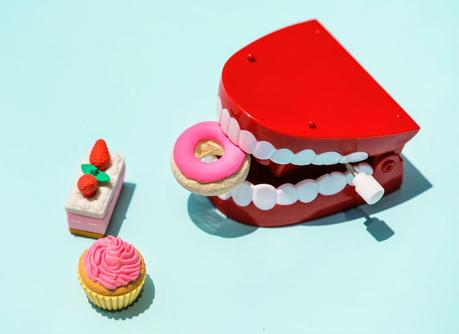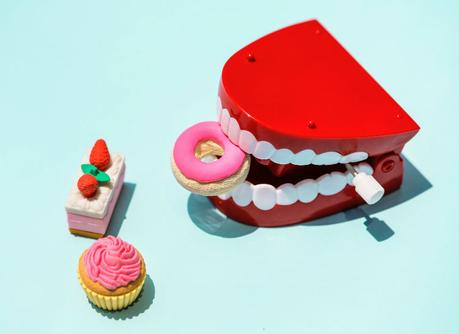The list of features any exceptional dental practice includes state-of-the-industry procedures, equipment, and technology. Many of the following advances fall into more than one category. The benefits of high-end tools and treatment include more comfortable care and precise results. Be sure to look at the services on a website to see what your office presents. If your current practice doesn't offer some of the following advancements, maybe it time to reconsider your dentist.


Current Tech Enables More Precise Diagnostics and Screenings
Computer-assisted manufacturing (CAM): Similar to Computer-aided drafting (CAD) software, CAM allows your dentist to manufacture highly detailed crowns, overlays, and other tooth restoration components. The ability to create these components in-house in a fraction of the time provides better results as well as saving you time and money.
Digital X-rays: Provides a look inside your tooth and jaw structure that's transmitted directly to a computer screen. No more waiting for X-rays to be developed and interpreted.
Diagnodent: Uses sound waves and lasers to detect tooth decay at a much earlier stage than traditional methods. This stops further decay and helps preserve natural teeth.
Lasers: Using laser technology during treatment and oral surgery offers greater accuracy, smaller incisions and promotes faster healing with minimal scarring.
VELscope: This FDA-approved technique uses infrared technology to detect oral cancers earlier in their development by highlighting abnormalities your dentist might not be able to see otherwise.
Products and Treatments You'll Love
Air abrasion: Second to injections, drilling is probably most patients' least-favorite part of visiting the dentist. With air abrasion, decay surrounding cavities is gently blown away using a combination of air and aluminum oxide pellets. The amount of precision and detail afforded by this technique makes it preferable for smaller areas of decay and working between teeth. It's a lot quieter than a drill, too.
Bone replacement: The effects of bone loss can change the shape of your face and affect functions like eating. It's often the result of tooth loss, and it can limit your restoration options. There are three types of bone replacement therapy:
- Bone grafts: Takes bone from another area of the body and transplants it orally to foster the growth of new bone in the jaw.
- Autogenous man-made bone replacement: Creates bone out of freeze-dried lab material.
- Cadaver/animal bone replacement: Uses dried, sterilized and treated the bone material from a human or animal cadaver.
Caries detection solution: Similar in function to plaque-spotting tablets, this red dye solution allows your dentist to quickly assess treated areas to confirm that all decay has been removed. Not necessarily high-tech, but shortens treatment times and improves outcomes.
Composite materials: Just as strong but less toxic than traditional fillings, composites are a combination of resin and other dental-grade materials. They can be color-matched to the existing tooth material to blend in seamlessly for use in veneers, overlays, fillings and other tooth restorations.
Dental implants: Take a look at New York Total Dental's website for an example of some of the latest technologies used by a practice for dental implants!
NTI splint: A great advantage for treating oral health-related problems like TMD and migraines. This device helps relieve the pressure, pain and nerve damage related to these hard-to-treat disorders.
The Wand: This handy tool eliminates one of the main sources of discomfort during treatment: pain and swelling from an injection site. The Wand delivers anesthesia consistently and gently without the side-effects and complications of needles.
What Advanced Equipment Can Offer
CAT scans: Not usually associated with dentistry, CAT scans offer greater accuracy during oral surgery.
Electric handpieces: Used to perform oral hygiene and some treatments, using electronic 'hands' to deliver care is quieter and less jarring.
Intra-oral camera: Provides fast, accurate inspection of the underlying structure of teeth, gums, and jawbone prior to treatment.
Optical scanners: Provides a sort of three-dimensional X-ray to map a tooth's surface and interior, which allows lab technicians to create an exact replica inside and out.
Emerging technology and continued training are the hallmarks of some of the best dental practices. Any dentist willing to invest in improving the quality of care is a dentist who cares about their patients.
**

